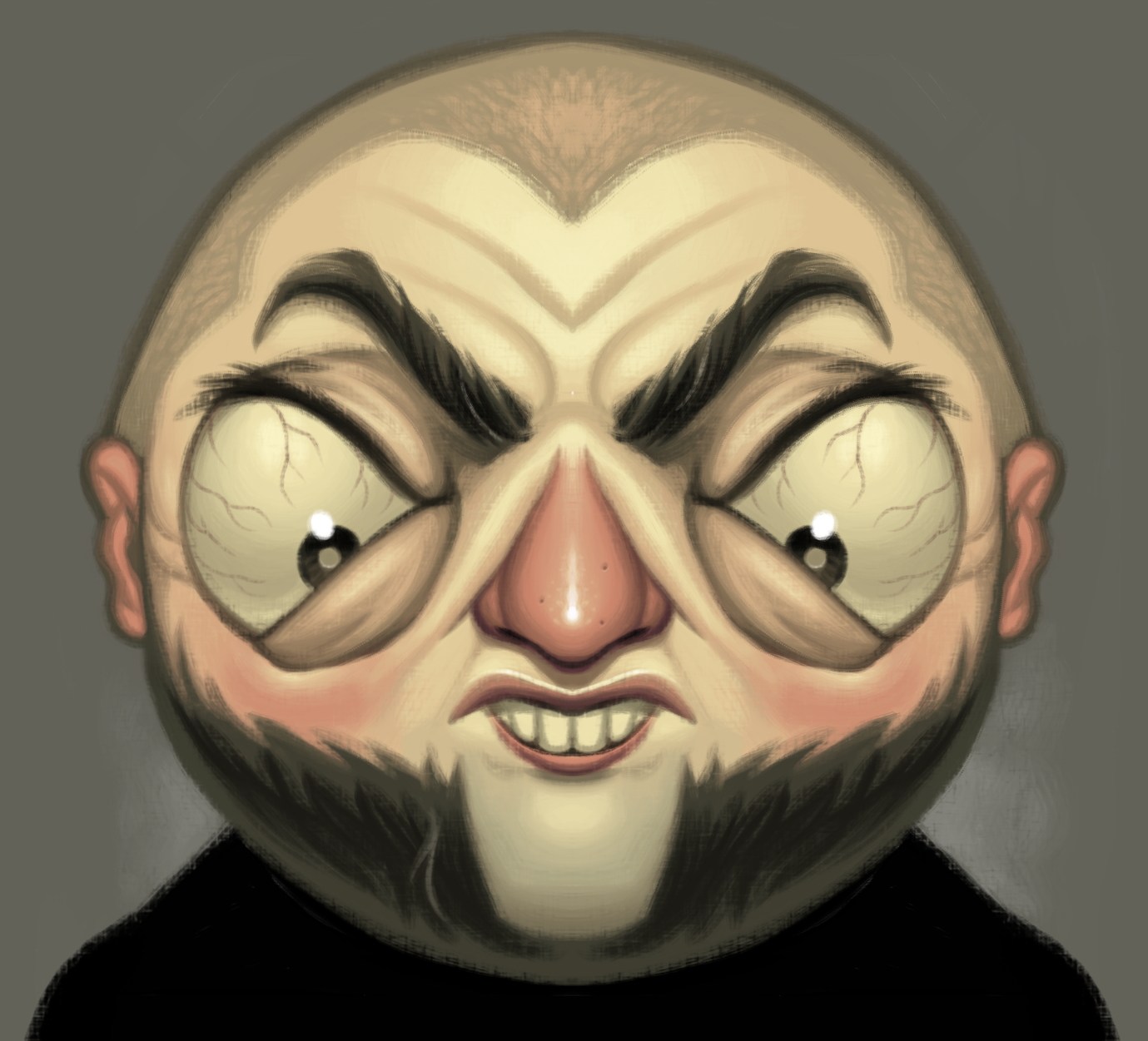

It’s safe to say that anytime you need a flowchart to explain your licensing scheme, you’ve already lost. Afterwards you had the option of buying a perpetual license for Clip Studio, or paying a monthly or yearly subscription fee. Back in 2020, they annnounced monthly subscription plans which allowed for one-price usage across multiple devices and operating systems.

This changed in 2013 with the new Clip Studio Paint, after which subsequent updates were free of charge. In the olden days, Manga Studio (and Clip Studio) were iterative versions where you paid for new major releases, and Celsys usually put one out every year. It’s also the method used by Celsys, the developer of Clip Studio Paint. There’s also the maverick option of “pay once and all updates are free, forever.” It’s the model used by Apple’s App Store (and some other places), but individual developers have used this method in the past. Other companies, like Serif, are “major versions cost money to upgrade, but minor versions are free updates,” even if they haven’t released a new “major version” yet. Some companies, like Adobe, charge an ongoing subscription fee that kills your software when you stop paying.

There’s many different ways to buy and sell software, whether it’s a one-time license, shareware, free-to-play with in-app purchases, subscription, or just giving it away. And we can’t forget about those poor executives! After all, their private jets won’t fuel themselves, and that expensive C-check is coming up soon. Nobody likes doing it, but programmers gotta eat.


 0 kommentar(er)
0 kommentar(er)
